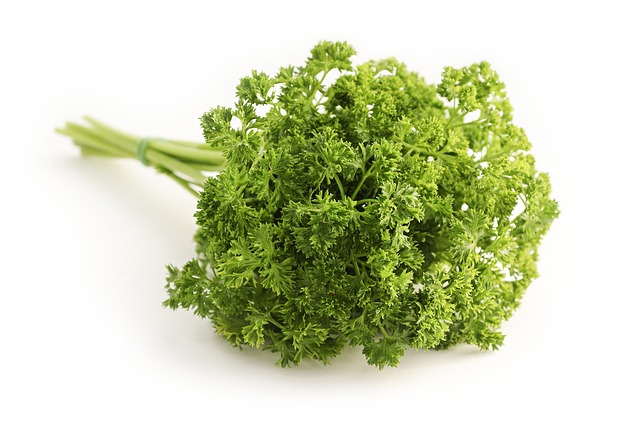Energy-efficient insulation is crucial for eco-friendly kitchen upgrades and sustainable home renovations. By minimizing heat transfer, natural materials like cellulose or fiberglass reduce energy consumption and environmental impact. These insulations regulate temperatures, enhance noise reduction, and improve air quality. Choosing eco-friendly options, such as cellulose or fiber glass certified by GREENGUARD or Cradle to Cradle, offers multiple benefits: lower utility bills, decreased carbon footprint, superior insulation performance, and reduced VOCs. For floors, recycled glass fiber or natural wool fibers provide exceptional insulating properties. Proper installation techniques, including sealing gaps and using spray foam, maximize energy efficiency in eco-friendly kitchen upgrades for a greener home.
Looking to enhance your home’s energy efficiency and reduce utility bills? Selecting the right insulation is a powerful step, especially with eco-friendly options available. This comprehensive guide explores how energy-efficient wall and floor insulations can transform your living space. We’ll delve into the basics of insulation efficiency, uncover the benefits of going green, and provide expert tips on choosing and installing materials that will make your home more comfortable and environmentally friendly—perfect for those considering eco-friendly kitchen upgrades.
Understanding Energy Efficiency in Insulation: The Basics
Energy-efficient insulation is a crucial aspect of modern home construction and renovation, especially with the focus on sustainable living and reducing environmental impact. When considering eco-friendly kitchen upgrades, insulation should be at the top of your list. It’s not just about keeping your space warm or cool; it’s a key strategy to lower energy consumption and contribute to a greener planet.
The basic principle revolves around minimizing heat transfer through walls and floors. Insulation acts as a barrier, trapping heat during colder months and preventing excessive cooling in warmer seasons. Look for materials with high R-values, which measure their insulating properties. Natural, eco-friendly options like cellulose or fiberglass are popular choices due to their effectiveness and minimal environmental impact compared to traditional insulation materials. These materials not only help regulate indoor temperatures but also contribute to a more comfortable living environment by reducing noise transmission.
Benefits of Eco-Friendly Insulation for Your Home
Choosing eco-friendly insulation is not just a smart decision for your wallet, but also for the environment and your home’s overall comfort. These insulations are designed to reduce energy consumption by efficiently retaining heat during colder months and keeping cool air in during hotter ones. This means lower heating and cooling bills, making it an ideal upgrade for any eco-conscious homeowner, especially when considering eco-friendly kitchen upgrades.
Additionally, green insulation options contribute to a healthier living space. They are typically made from renewable resources or recycled materials, reducing your carbon footprint and the potential for harmful off-gassing. This benefit is particularly notable in kitchens, where air quality is essential due to the presence of cooking appliances and frequent ventilation needs.
Types of Energy-Efficient Wall and Floor Insulations
When considering energy-efficient insulation for walls and floors, several innovative options stand out as both effective and environmentally friendly choices. One popular type is cellulose insulation, made from recycled paper and natural fibers. It offers excellent insulative properties while being lightweight and easy to install. Cellulose is also resistant to moisture and pests, making it a durable and long-lasting solution, especially suitable for attics and hard-to-reach spaces.
Another eco-friendly option is fiber glass insulation, known for its high thermal resistance and low cost. Despite misconceptions, modern fiber glass is more environmentally friendly than ever, with minimal risk to human health and the planet. It’s a straightforward and accessible choice for both residential and commercial projects, aiming to reduce energy consumption and carbon footprint, especially relevant in the context of eco-friendly kitchen upgrades or any home renovation focused on sustainability.
How to Choose the Right Material for Your Upgrades
When selecting insulation materials, it’s crucial to consider both their energy efficiency and environmental impact. Opt for eco-friendly kitchen upgrades that are labeled with third-party certifications like GREENGUARD or Cradle to Cradle. These ensure the products meet strict standards for low volatile organic compounds (VOCs) and sustainable manufacturing processes.
Look beyond traditional materials like fiberglass and consider options like cellulose, made from recycled paper, or foam insulation with a high R-value. Cellulose is particularly effective at filling gaps and providing excellent thermal resistance. For floors, consider recycled glass fiber or natural fibers like wool, which offer both durability and exceptional insulating properties.
Installation Tips for Optimal Energy Savings
When installing energy-efficient insulation, paying attention to detail is crucial for maximizing energy savings. Ensure proper fitting and sealing around windows, doors, and any other openings to prevent air leaks that can reduce the effectiveness of your insulation. Use specialized tools like caulking guns for precise application of sealants. For walls, consider using spray foam insulation which expands to fill gaps and create an airtight barrier. This not only enhances thermal efficiency but also acts as a soundproofing solution.
When insulating floors, especially in eco-friendly kitchens where energy-conscious upgrades are popular, opt for products with high R-values. Flake or fibreglass insulations are excellent choices as they are lightweight and easy to install. Remember to insulate under flooring as well as on walls to create an uninterrupted thermal barrier. Proper installation techniques ensure that your home stays comfortable year-round while significantly reducing energy consumption, contributing to a greener environment and potential savings on utility bills.
When considering energy-efficient insulation for your walls and floors, you’re not just improving your home’s comfort—you’re also making a significant contribution to eco-friendly kitchen upgrades and reducing your carbon footprint. By selecting the right material, following installation best practices, and understanding the benefits outlined in this article, you can achieve substantial energy savings while enhancing your home’s value. Embrace these green initiatives today for a more sustainable tomorrow.
